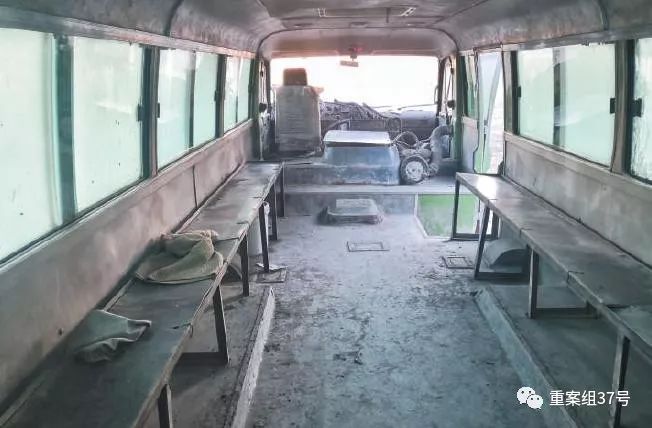At least 21 workers were killed and another 29 injured on Saturday 23 February when a bus transporting them to a lead, zinc and silver mine in Inner Mongolia crashed.
Initial reports said the driver lost control of the vehicle after the brakes failed and ploughed into the side of a tunnel. Photographs and video of the crash scene appear to show an antiquated vehicle with little room for 50 passengers. An investigation by the Beijing News discovered an identical vehicle nearby. The interior had been modified with metal benches on either side and no seat belts. See photo below.

It was later confirmed by government offiicials that the bus had been bought online, was routinely overloaded and was operating on a ramp not intended for transporting people.The bus had not been inspected or registered and had a capacity of 30 passengers, 20 fewer than were on board, the head of the Emergency Management Ministry’s department of safe production infrastructure, Pei Wentian, told state broadcaster CCTV. Pei said mine operators had been negligent in passing on responsibility for safety in the tunnel to subcontractors and that safety inspectors had failed to ensure required upgrades were implemented.
The mine, operated by the Yinman Mining Company in West Ujimqin district, is reportedly the largest silver mine in China, producing around 201 tons of silver annually. Company officials have been placed under travel restrictions while the investigation into the accident is underway, the Ministry of Emergency Management said Sunday.
Transport accidents at mines in China are not uncommon. There were two separate fatal transport accidents at coal mines in the north-western province of Gansu in January this year, while on 21 September last year, four miners died and one was injured in an accident at an Inner Mongolia coal mine.
Following the September accident at an open-cast mine in Inner Mongolia in which a 220-ton transport truck collided with a pickup truck, the National Coal Mine Safety Administration issued an urgent statement calling on all mine operators to learn lessons from the tragedy and “strengthen on-site management…, comprehensively check and control safety risks, promptly investigate and manage hidden dangers.”
The number of mining accidents and deaths in China has steadily decreased over the last two decades. Last year the number of coal mine deaths declined by 13.1 percent to stand at 333, while the total number of accidents fell by 0.9 percent to reach 224 during the same period.
However, there are still numerous examples in which basic safety precautions are ignored or equipment is not properly maintained, leading to serious accidents onsite. The Ministry of Emergency Management needs to focus less on the investigation and punishment of those deemed responsible for accidents and more on ensuring that mine operators really do put the safety of workers above the pursuit of profit.
This article was updated on 26 February.
